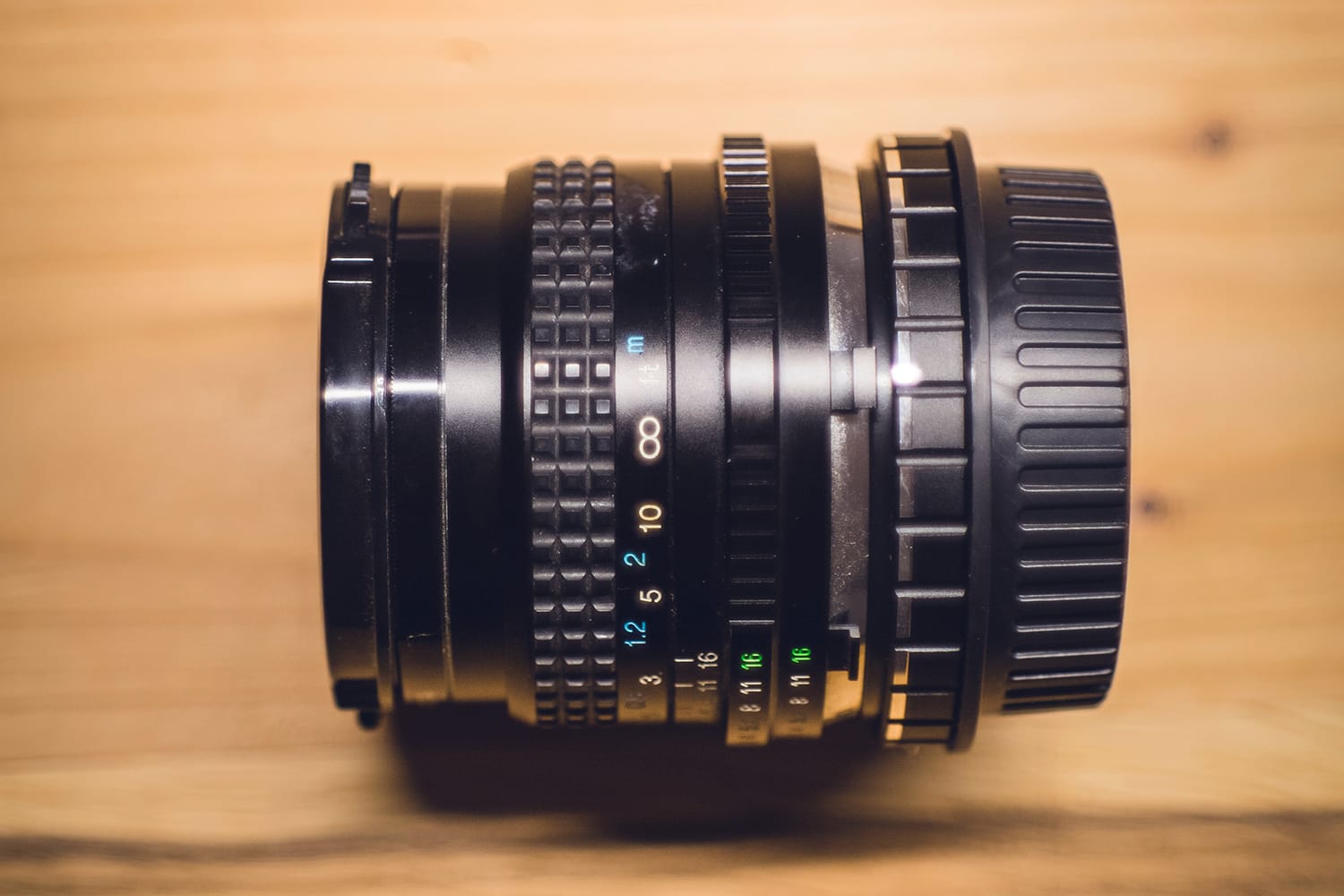Understanding Infinity Focus Like it's the Easiest Thing Ever
You have probably seen the term “infinity focus” or “focus to infinity” thrown around in photography circles, articles, and in a number of tutorials, but let’s get something out of the way: even more advanced photographers often don’t know precisely what it means!
While infinity focus is a concept that can quickly become technical and confusing, stick with me. I promise to try my best to make it as simple and practical as possible.

What Is Infinity Focus?
In a nutshell, infinity focus is when your focal point is at an infinite distance from the lens itself. A little abstract, right? Let’s get more concrete with just a tiny bit of physics.
When you focus your lens on a point near you, light rays diverge when they reach your lens. The farther away you set your focus, the less divergent these rays become. Eventually, when the light rays become parallel, you have reached infinity focus. Everything beyond the point of infinity focus will be sharp.
Hyperfocal Distance
Let’s take a brief aside to discuss another technical term often discussed alongside infinity focus: hyperfocal distance. Unfortunately (or fortunately, if you enjoy the technical side of things), hyperfocal distance is a topic which can result in lengthy discussions. More often than not, those discussions often end in confusion – but let’s keep it simple.
The most basic definition of hyperfocal distance is the closest possible distance from the camera where the lens can be focused while keeping the remainder of the background (infinity) relatively sharp. The hyperfocal distance is essentially the focus distance that places the furthest edge of your depth-of-field at infinity.
Objects which fall within the hyperfocal distance will be blurry no matter what you do. Anything beyond the hyperfocal distance will be in focus. For an accurate chart for your camera, check out this handy Hyperfocal Distance table and calculator.
How to Focus to Infinity
Focusing to infinity may sound like something difficult or intimidating, but it’s an easily obtainable technique even for those newer to the world of photography.
One complication of learning to infinity focus is that the procedure is slightly different for each lens. However, as long as you have a lens that is capable of infinity focus, you’ll be on your way to successfully focusing to infinity with the following general steps.
- First, check to make sure that your lens is capable of focusing to infinity. You can do this quickly by ensuring that your lens has two focus rings—the parts of the lens which you can rotate to adjust focus.
- Switch your lens from automatic focus (AF) to manual focus (MF) – or if you have a manual lens, look for the infinity sign on your lens.
- Turn the smaller focus ring all the way to the right. Then, turn it all the way to the left, until you can see the indicator for infinity focus (usually an infinity symbol, or a sideways eight).
- Through the viewfinder, take a look at the subject you want to shoot. Without touching the smaller focus ring, adjust the larger focus ring while looking through the viewfinder until the subject’s outline is sharp.
- You may need to make your own physical adjustments by moving closer or farther away from the subject if you’re not able to attain an appropriate level of focus.
- Still not working? For the best results, use a smaller aperture in order to achieve a larger depth of field (which may be more important when shooting landscapes where you want to avoid blurry objects in the foreground).
- Because a decreased aperture means that less light will be reaching the sensor within your camera, set a slower shutter speed to compensate.
- If a tripod isn’t enough to minimize shake with these slower shutter speeds, try using a remote shutter release.
When to Use Infinity Focus
Whenever you want objects in the far distance to appear sharp and in focus, it’s time to use infinity focusing! This is particularly useful in landscape photography, for example, when the subjects of your photographs are mountains or other naturally occurring objects which may be miles and miles away.
By manually setting your camera to focus to infinity, even these far-distance subjects will appear stunningly crisp in your final result.
Another situation when you might want to use infinity focus to achieve the sharpest shots is when you’re photographing astral bodies in the night sky such as stars, planets, or even the Milky Way itself. Despite the distance of these objects (we’re talking lightyears rather than miles, now), infinity focusing will ensure that these stellar subjects remain clear and in-focus within your final shots.

Get Out There and Practice!
While not all situations call for infinity focus, there are too many moments when this technique will come in handy for you to not add it to your arsenal of photographic skills!
Perhaps the easiest way to practice infinity focusing is by organizing a landscape photography photoshoot. If possible, choose a day and location where you’ll have plenty of light and minimal wind interference. Then, give it a go. With some patience, you’ll soon know exactly when and how to focus to infinity to achieve the clearest photos.
If you’re ready to take it to the next level and learn everything there is to know about focusing, lenses, cameras, and so much more… check out the DSLR Crash Course. Highly recommended!
